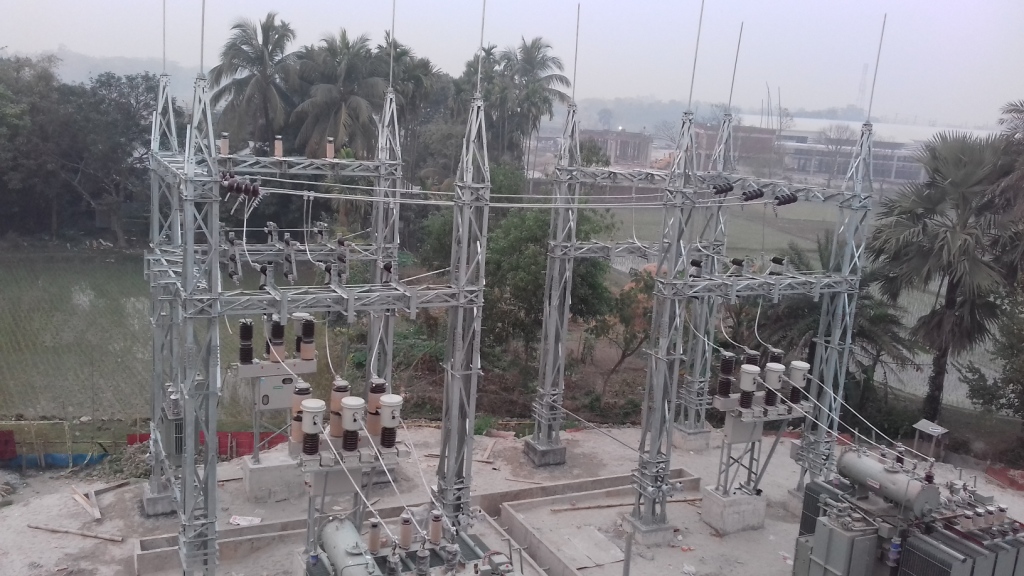
From Grain to Growth: The Construction of a Feed Mill Project
The agricultural industry plays a vital role in feeding communities and driving economic growth. In this blog post, we delve into the intriguing world of the construction of a feed mill project. We explore the significance of this project, its impact on the agricultural sector, and the construction progress that will pave the way for sustainable and efficient livestock feed production.
-
Feeding the Future: The Importance of Feed Mills: Feed mills are crucial components of the agricultural supply chain, producing nutrient-rich animal feed to support livestock and poultry production. These facilities are responsible for transforming raw materials such as grains, oilseeds, and protein sources into balanced feed formulations. The construction of a new feed mill holds great potential to enhance productivity, improve animal health, and drive the growth of the local farming community.
-
Project Planning: The Blueprint for Success: Every successful construction project begins with meticulous planning. The construction of a feed mill involves multiple stages, including feasibility studies, site selection, and obtaining necessary permits. During this phase, various factors such as market demand, raw material availability, and logistical considerations are carefully evaluated to ensure a streamlined and efficient operation.
-
Construction Progress: Laying the Foundation: The construction of a feed mill encompasses a diverse range of activities. From land preparation and infrastructure development to the installation of processing machinery, each step contributes to the realization of a functional and efficient facility. Notable construction milestones include site clearance, excavation, concrete works, and the erection of structural components.
-
Cutting-Edge Technology: Advancements in Feed Mill Construction: Modern feed mills embrace innovative technologies that optimize efficiency and ensure the production of high-quality feed. From automated systems for ingredient handling and batching to advanced pelleting and packaging equipment, these facilities integrate state-of-the-art machinery and processes. Such advancements result in precise feed formulations, reduced energy consumption, and enhanced overall productivity.
-
Benefits for the Agricultural Sector and Beyond: The construction of a feed mill project brings a multitude of benefits to the agricultural sector and the wider community. It supports local farmers by providing a reliable source of competitively priced animal feed, thereby bolstering livestock and poultry production. This, in turn, stimulates economic growth, creates employment opportunities, and strengthens the region's food security. Additionally, feed mills often incorporate sustainable practices, such as waste management and energy efficiency measures, contributing to environmental conservation.
-
Community Engagement and Sustainability: Throughout the construction process, it is crucial to engage with the local community and stakeholders. Effective communication, consultation, and adherence to environmental regulations foster positive relationships and ensure that the project aligns with community needs and sustainability goals. Implementation of safety protocols and measures guarantees the well-being of workers and the community during construction.
The construction of a feed mill project represents a significant step towards enhancing agricultural productivity, economic growth, and food security. With each milestone achieved, the foundation for sustainable and efficient livestock feed production is laid. By embracing innovative technologies and fostering community engagement, we are working together to nourish the future and build a thriving agricultural industry.

